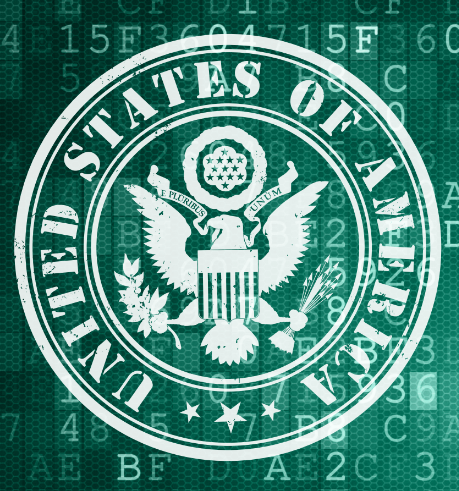
Common methodologies and development practices seemed to be foreign concepts to the U.S. government, which could simply throw more and more money at software problems that never appeared to get solved. But recent ventures lead us to believe that the government might finally be ready to shake off the dust and join the 21st century.
It’s no shock that the government needed to take a look at their software problems and their information technology. They’re trying to make a difference for the greater good, and to do so (as reported in this issue), they need digitalization and the latest technology.
(Related: Government adapts to software methods to serve the needs of the public)
Let’s all go back to the HealthCare.gov failure of 2013; it’s the best example of a multi-million dollar website launch and failure based on poor architecture, a lack of load and functional testing, and neglect of the user experience. One of its biggest problems was the login system, which had the largest amount of errors. Additionally, it took users 20 minutes to complete an application online, with the worst-case scenario taking more than 76 screens.
The fact that government software contracts take years to obtain and months to sign, and when they are implemented they are clearly done poorly, is one reason for non-partisan, non-profit organizations to tackle some of these problems themselves. Code for America is one of them, using the talent of the industry to solve big problems in the community. It’s getting the government to work for the people, by the people of the 21st century. Does this mean in order to solve the country’s biggest problems we have to leave it up to the people themselves?
While HealthCare.gov’s failure was probably one of the biggest public website failures of the decade, it made it obvious that the government needed to change its view of how to serve the public electronically. The administration of President Barack Obama recognized this and created the U.S. Digital Service, which is adopting common software development practices, technology, and focusing on the end user by—get this—actually talking to folks who interact with the government via the Web.
The U.S. Digital Service is unique in that it is made up of engineers, coders and developers who left startups and large tech companies to join Washington, D.C., to create software solutions that serve the public good.
Now, they’re working on things like benefits for veterans, the health insurance marketplace, student loans, electronic health records, and tools to combat human trafficking. And yes, they revamped and simplified HealthCare.gov.
It’s not rocket science, it’s just focusing on how technology can actually change America. Breaking with past practices, updating policies and adapting common methodologies is what the government is doing now to improve digital public services, and maybe with more smart people on board and recruits joining the force, it can finally deliver what the public needs.





